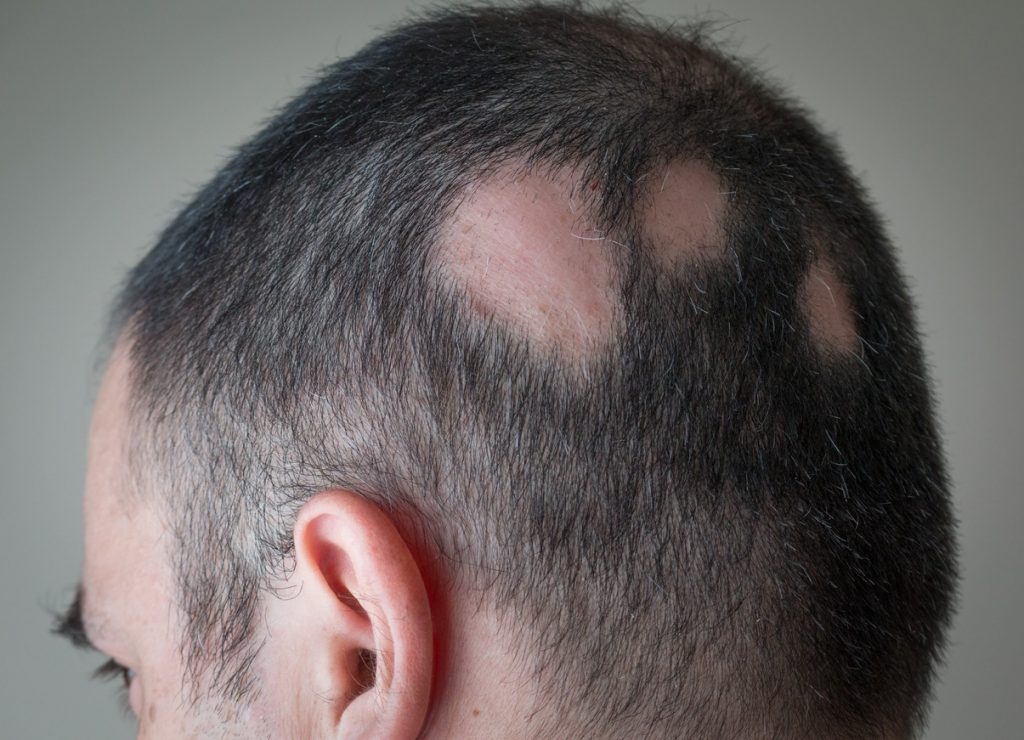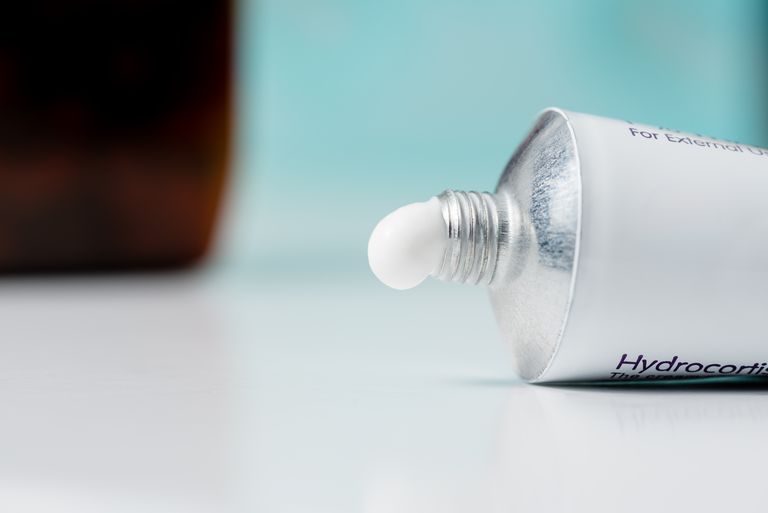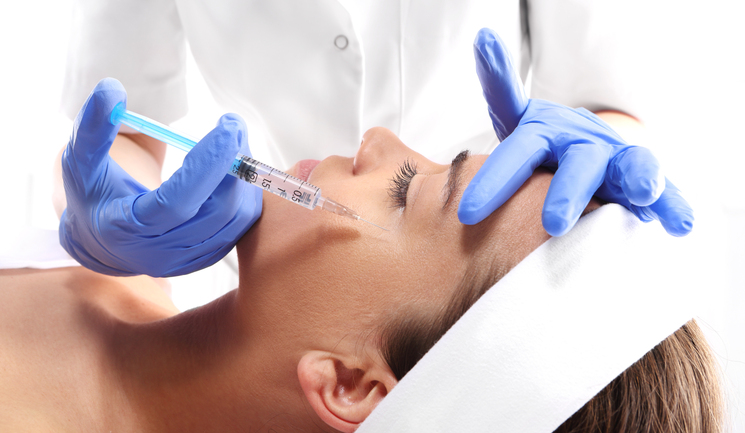How Steroids Are Helpful in Alopecia Treatment?

If you are suffering from Alopecia Areata, then you must have heard that steroids can help to stop your body from destroying the hair follicle. With lots of adverts going around on various drugs that can heal AA, you might be considering to try them.
However, it’s hard to trust any process without any reliable assurance of the outcome. Your doubts might have left you thinking if Steroids can indeed help you in treating Alopecia or how effective are steroids in treating Alopecia?
In this guide, we seek to help you understand the role that steroids play in curing Alopecia to help you make better decisions.
What is Alopecia Areata?
Commonly known as AA, Alopecia is a type of autoimmune disease that causes hair loss on the patients. As a victim, you will experience a spontaneous remission or a progressive hair loss to losing body hair and scalp. Additionally, alopecia can also cause receding hairlines and mature hairlines.
Although no treatment promises to cure the disease currently, most people use Intralesional corticosteroids (ILCs) to limiting or controlling the process. The process occurs in two forms, which include topical application or intralesional injections.
We will look at these two therapies and how they help treat AA.
-
Topical Steroids

The topical application involves the use of topical steroids. The process is suitable for people like kids who can’t tolerate injection. However, there are no substantial studies to prove the effectiveness of the treatment in curing AA. Some professionals question the efficacy of the topical agents used in the therapy.
In a study aimed at finding out the effectiveness of this type of therapy, 80 patients came from a skin OPD. The topical application started and continued for 3 months, and another 3 months of monitoring followed.
Grouping of the patients into 4 groups followed:
- G 1 (topical steroids)
- G 2 (topical tretinoin 0.05%)
- G 3 (dithranol paste 0.25%)
- G 4 (white soft petrolatum jelly)
Results from the study show that 70%, 55%, 35% and 20% of patients from groups 1, 2, 3, and 4 respectively, responded favorably to the test with signs of side effects in group 3 patients evident in the form of hyperpigmentation and dermatitis.
Are Topical Steroids effective in treating Alopecia?
From the study, it is clear that topical steroids are more effective as compared to tretinoin in the treatment of alopecia areata. Therefore, this study shows that topical steroid is still one of the effective methods for the limited variant. However, it is not certain if mixing topical tretinoin and steroids will give better results. There is a need for more studies in the future to look into it.
-
Intralesional steroids

This therapy involves the use of steroid injection on the patient. When someone suffering from alopecia receives a dose, the steroids will begin by stopping the immune system from attacking the hair follicles. The next thing is to catalyze hair regrowth on the parts affected. However, this method tends to be more useful in Alopecia patients with small patches of hair loss.
The treatments entail a series of injection every few months with each injection delivering corticosteroid solutions direct to the scalp. What’s challenging in this therapy is that it can be painful and comes with long term side effects such as premature balding.
In the case of topical steroids, few studies regarding the efficiency of intralesional steroids are available. However, many people use this method as the first option in treating alopecia since they are usually superior.
In a study involving 84 alopecia patients, the results show that 92% of patients with patchy alopecia experienced regrowth on the treated areas. Further regrowth occurred 3 months after the treatment in 71% of the patients. From the research, regrowth occurs between 4-6 weeks. However, patients with long-standing, extensive or progressive alopecia tend to portray slow response to the treatment. Further growth still happens 6-9 months later after an injection.
The expert will use a 30-gauge needle and a 3-mL syringe with concentrations if Triamcinolone acetonide varying from 2.5 to 10 mg/ml. When treating the face, it is advisable to use low concentration to prevent skin atrophy. Patients suffering from glaucoma also need extra care when administering the injection on their eyebrows. If it’s your first time, then you should consult with your ophthalmologists first. Each of the sites should receive less than 0.1mL of the injection, which should also be spread in about 1dm apart to cover all the patched areas. Some of the side effects to expect from the treatment include minimal transient atrophy (10%) and pain during injection.
Are Intralesional steroids effective in treating Alopecia?
ILCs are ideal for relatively stable hair loss or a small patch. The therapy may not be suitable for rapidly progressive Alopecia. It is still a preferred way of treating this disease. However, the efficiency of the treatments varies with respect to the patient population receiving the treatment. The treatments seem to be high in patients who have less than 75% scalp hair loss such as children and anyone with a short duration hair loss.
People who have more than 2 years with the disease, rapidly progressive disease or with extensive AA might not respond well. But patients having exclamation point hairs, show better results to the treatment with a positive hair pull test.
Conclusion
It is evident that the two methods are relatively effective in treating alopecia areata. But, there is still room for lots of research that further proves the effectiveness of these methods in controlling this disease.
Injection and topical steroid treatments play a significant role in helping alopecia patients to regrow hair on the scalp and other areas. Although these steroids or any different kinds of steroids like Testosterone Enanthate only help to control the condition. It is important to note that they are not permanent treatments as the condition can come back after some time.
Author Bio
Kimberly Clark is a writer for numerous health and fitness publications. She has been working with many challenged clients for sometime now. She is associated with Canadian Anabolics. She can be reached via email at kimberly@linkingaces.biz.